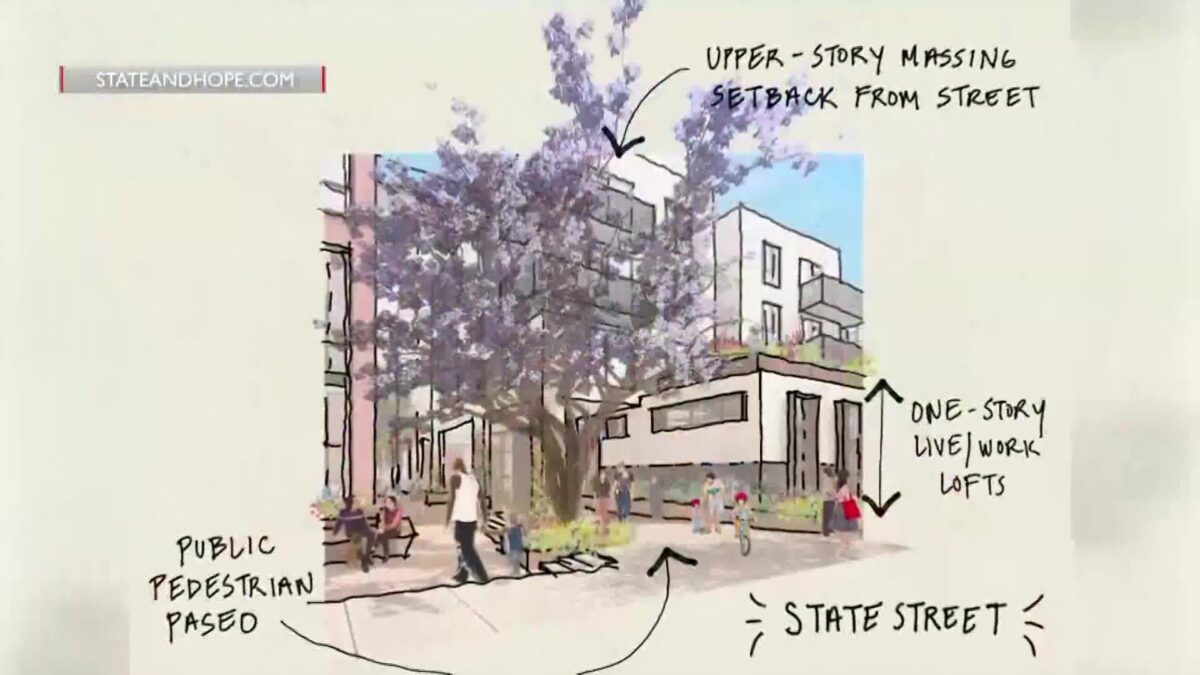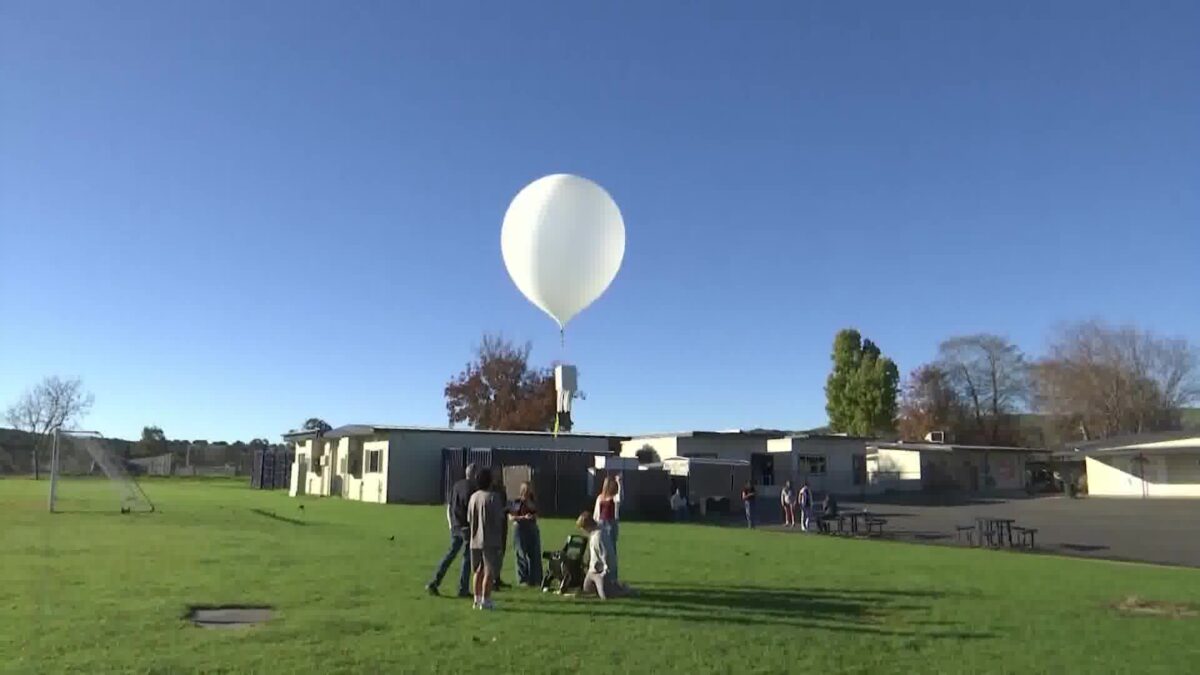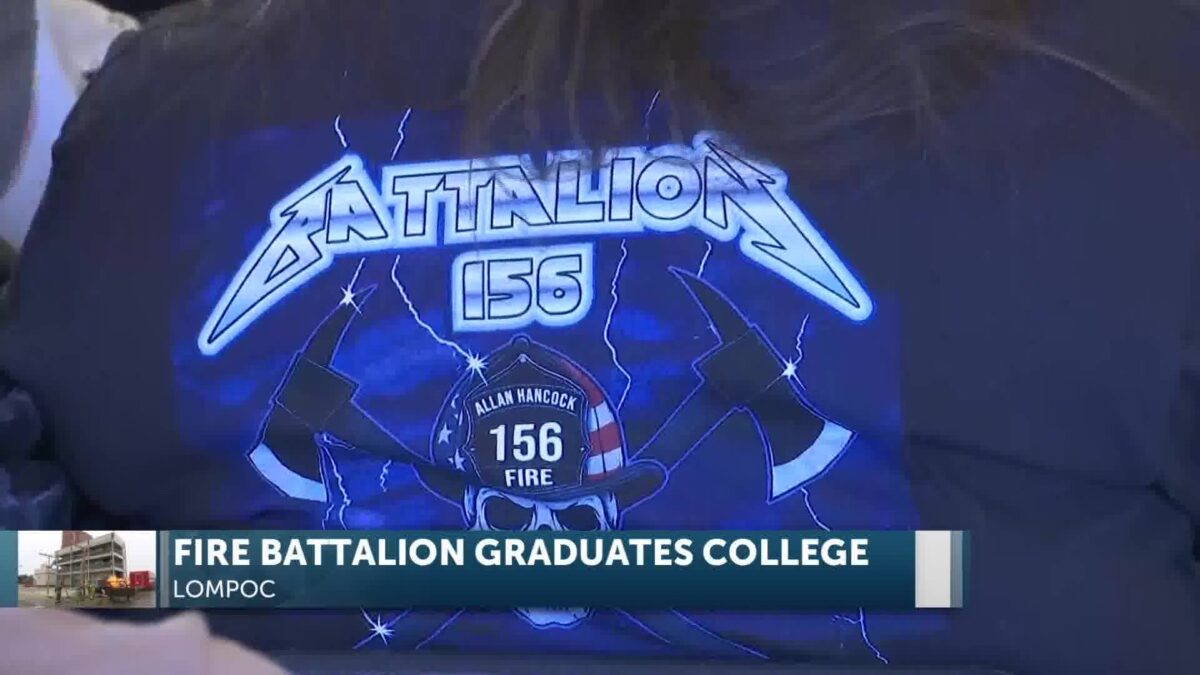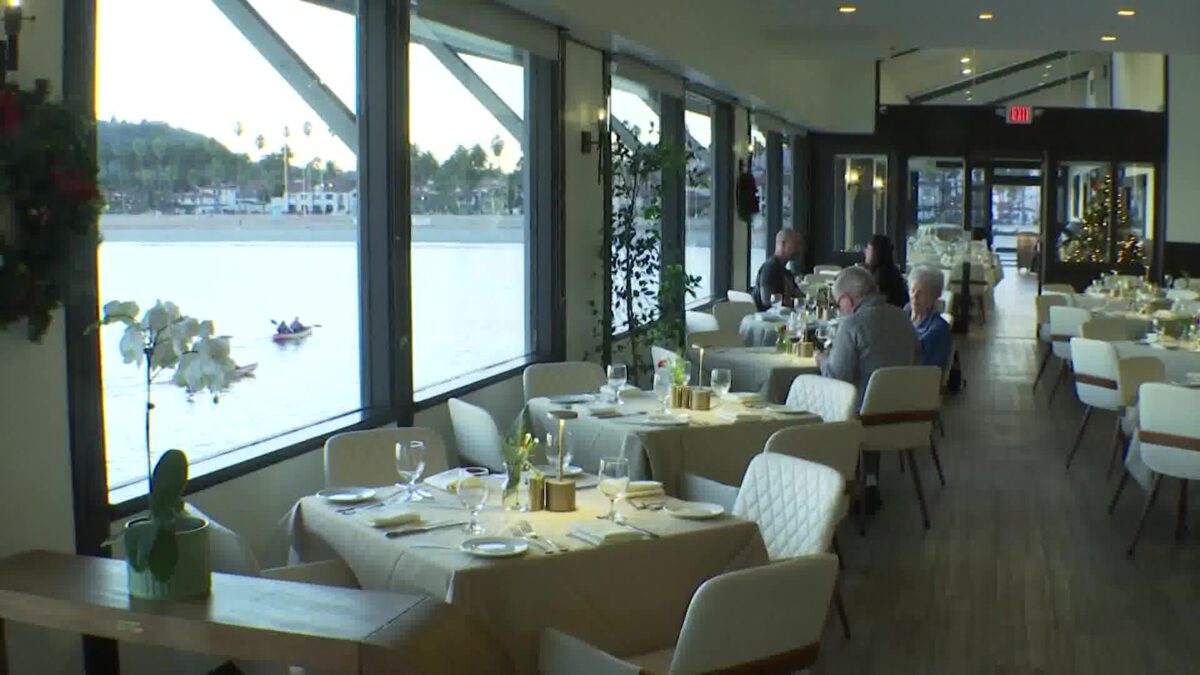Housing Conference Shows Multiple Permit and Financial Deals are Needed to Build Forward
John Palminteri
SANTA BARBARA, Calif. (KEYT) – With land use, financial and legislative conflicts all in the forefront, solving the on-going housing crisis is going to be as challenging as ever in 2026.
At the annual Coastal Housing Coalition conference, several experts spoke about the status now and the requirements they face for future projects.
Panelists included analysts, architects, land use, and property attorneys and those with legislative experience.
The majority of the new units either proposed or permited are in Santa Barbara and Goleta.
The keynote speaker was Mikey Taylor, the Mayor Pro-Tem for the City of Thousands Oaks. He is also an entrepreneur familiar with multi-unit housing, single family homes and business projects.
He said cities on the South Coast need to have someone on their council who knows about real estate and can deal with the intricate details facing elected bodies.
He did not have a direct answer when asked about the on-going stalemate with the Paseo Nuevo proposed redesign to add over 230 units, some of them affordable. Currently the city has a subcommittee meeting with the development and financial teams on the project to design something that would replace the vacant Macy’s store on the corner of Ortega Street and State Street.
Taylor said he was encouraged to see large companies begin to invest in housing projects to use for their employees and begin long-term options for workers, especially those who are making lengthy daily commutes to their homes in more affordable areas.
(More details, photos and video will be added here later today.)
The Latest Breaking News, Weather Alerts, Sports and More Anytime On Our Mobile Apps. Keep Up With the Latest Articles by Signing Up for the News Channel 3-12 Newsletter.











